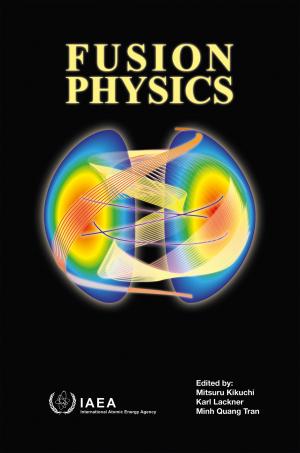1,129 pages on "the greatest challenge of this century"
1 Jul 2013
-
Sabina Griffith
"Humans do not live by bread alone." With these words begins Fusion Physics, published in 2012 by the International Atomic Energy Agency (IAEA).
In the first chapter the book makes the case for the development of fusion as an energy source. "How is humankind going to produce the vast amount of energy it needs?" asks authors Predhiman Kaw and Indranil Bandyopadhyay from the Indian Institute of Plasma Research in Gandhinagar—two names that are also closely associated with the ITER Project. Kaw and Bandyopadhyay lead a long list of prominent authors that, together, have compiled the latest on the fusion art. At over 1,100 pages, this publication provides an unparalleled resource for fusion physicists and engineers.
The idea for the book was born during preparations for the 2008 IAEA Fusion Energy Conference in Geneva. "I was considering how to commemorate the 50th anniversary of the 2nd Conference on the Peaceful Uses of Atomic Energy," writes Minh Quang Tran who, alongside Karl Lackner and Mitsuru Kikuchi, edits this fusion encyclopedia. "The intention was to be tutorial at Master's degree level to cover fusion physics and technology."
Dedicated chapters focus on the physics of confinement, the equilibrium and stability of tokamaks, diagnostics, heating and current drive by neutral beam and radiofrequency waves, and plasma-wall interactions. While the tokamak is the leading concept for the realization of fusion, helical confinement fusion and in a broader sense other magnetic and inertial configurations are also addressed in the book. Available in printed form is the first volume on fusion physics; a second volume focusing on the technological challenges is in progress.
To order or download (34.15 MB) the book, please click here.


